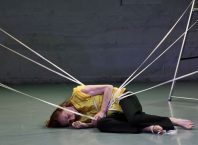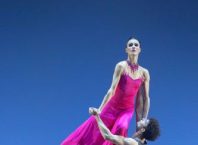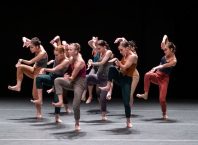“We’ll just dance,” said Ohad Naharin yesterday at a presentation for the press in the Batsheva Dance Company’s Varda Studio, and there is no better way to talk about dance. Naharin’s works speak for themselves, and the dancers have a vocabulary of expressive gesture so deep it feels like it comes from the core, movement that begins at the cellular level.
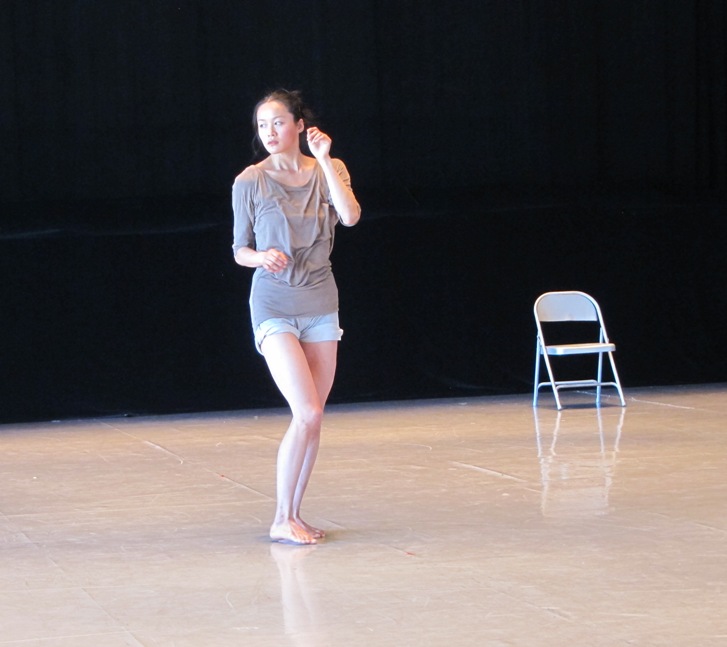
“Those who fail to reread are obliged to read the same story everywhere” Roland Barthes, S/Z
This spring, three major works from Naharin’s oeuvre will return to the stage: Mamootot, MAX and Naharin’s Virus. It is a welcome opportunity for those unfamiliar with these works to see them for the first time, and for the rest of us, a chance to experience them anew. There are the obvious markers: the works will be performed by a different cast of dancers and Ohad Naharin has to a certain extent re-created these works on this cast – as with the solo segments in MAX that are co-created by the individual dancer. Yet the way I experience dance, each experience is a different dance. The time and place are different of necessity, one’s mood or expectations change over time, and the context in which a work is viewed changes too. The political situation, what dance works you have seen in the interim, how tired or hungry you are, whether or not you are in love – all these and a myriad other things will consciously or unconsciously affect your experience – and your experience is what will define the work for you.

In the world of classical ballet, it is not only understood, but expected that along with new choreography, classics such as Swan Lake, Giselle or The Nutcracker will be performed time and again, before new and returning audiences. I’ve seen each of these a few times, and will gladly see them again. In contemporary dance, perhaps due to its inherent emphasis on the new, this understanding is slow to come. There seems to be some expectation of choreographers to constantly produce new work, and those who bow to that pressure may risk disappointing themselves and their audiences. Yes, sometimes it is possible for a choreographer, writer or musician to produce a new dance, book or album each year for several years in a row, it can happen, and it is very exciting when it does, but that does not detract from the importance and pleasure in keeping earlier works alive and onstage. Or to put it another way, is anyone tired of hearing Paint It Black?
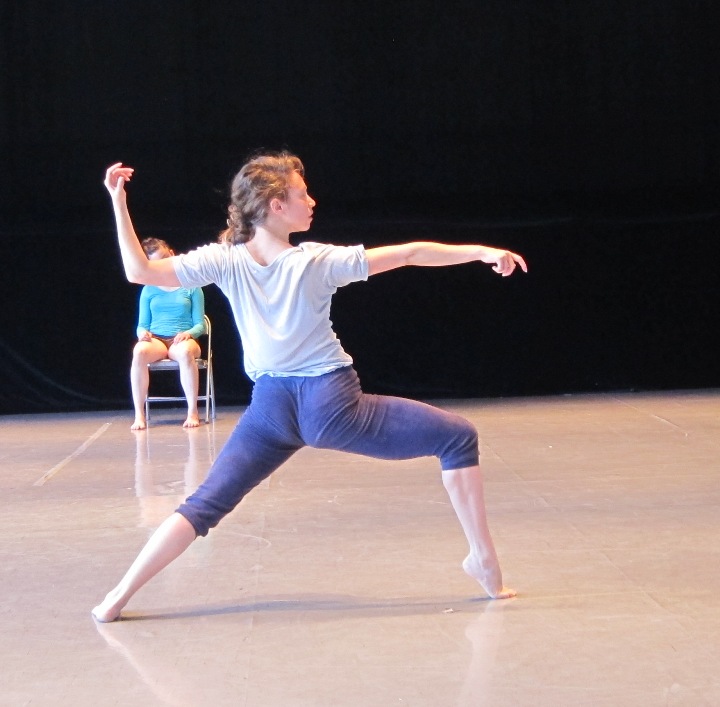
Seeing excerpts from the three works in the studio yesterday was an exhilarating experience, I love the intimacy and intensity. (I took many pictures, you can see them here)
Mamootot, which premiered in 2003, is a work that was created for the studio, and draws on those qualities. The intimacy of the studio is enhanced by the seating arrangement: the audience sits on all four sides of the room while the dance takes place in the center. All eyes meet in that center, everyone and everything is visible, it is a shared experience, aesthetic and moving.
MAX (2007) will be performed for the first time by the Batsheva Ensemble, who endow this work with their explosive vivacity – these young dancers never fail to astonish me with the maturity of their interpretations.
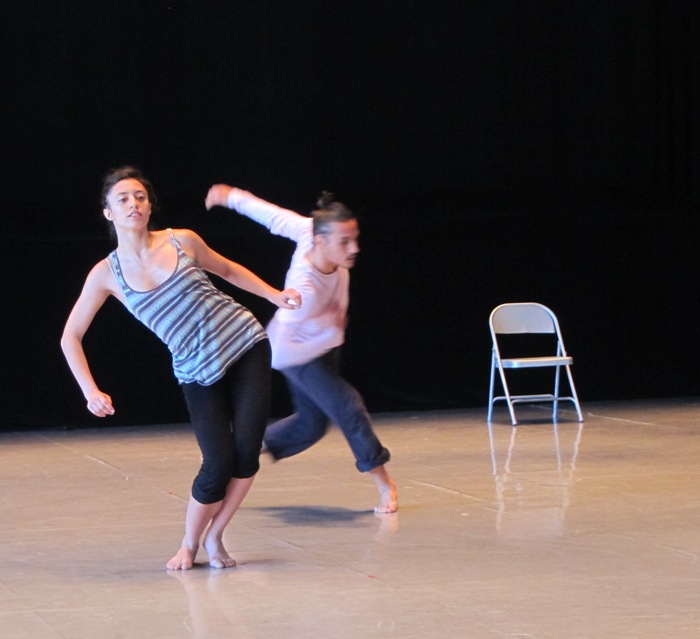
Naharin’s Virus (2001) relates to issues of performer/creator and audience as well, quoting from Peter Handke’s play Publikumsbeschimpfung (Offending the Audience, 1966) which renounces the conventions of the theatre by exposing them. In yesterday’s presentation, Naharin said that this renouncement, “creates space, an absence, a void, in which the dance can enter. The dance is not an illustration of the play, but it enters that void.”
Performances dates and times may be found on the Batsheva website, and tickets may be purchased online, or call: 03-5171471.

